Top speed 1,084 km/h Length 11 m Designer Semyon Lavochkin | Wingspan 9.5 m Manufacturer Lavochkin | |
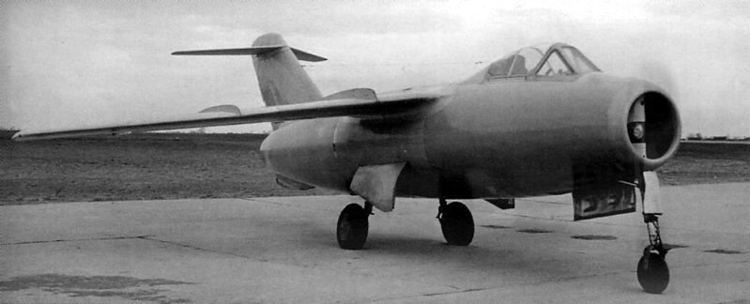 | ||
The Lavochkin La-168 was a jet fighter developed for the USSR. Like the better known Mikoyan MiG-15 which was ultimately selected and went on to become one of the most successful jet fighters of its era, it was designed in response to a 1946 request for an advanced swept-wing jet fighter capable of transonic performance. It was to use new turbojet based on the Rolls-Royce Nene in competition with the design bureaus of Artem Mikoyan and Mikhail Gurevich, and Aleksandr Yakovlev. A scaled down version of this aircraft would lead to the production of the La-15, which performed well but would be dropped in favor of the MiG-15.
Contents
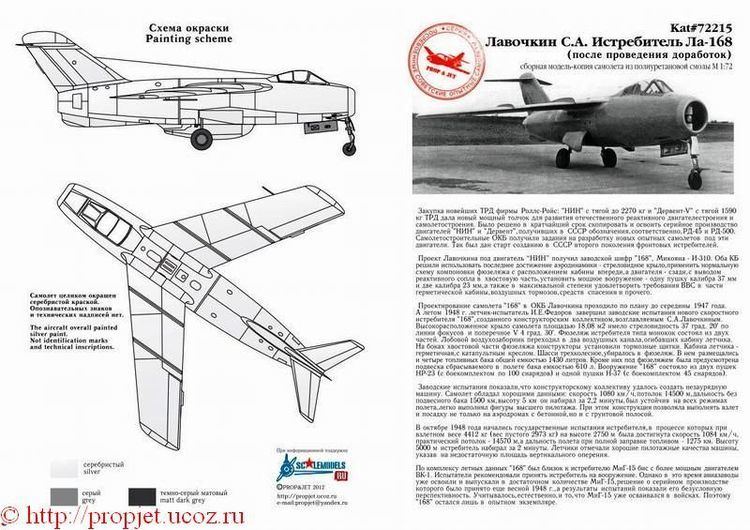
Design and development

Aircraft 168 was preceded by the Lavochkin La-160 jet fighter which was the first to utilize swept wing surfaces first researched by the Germans, but it moved the engine from the nose to behind the pilot. It resembled the Mikoyan MiG-15 and used the same cannon-armament and the Rolls-Royce Nene II engine. Unlike the MiG-15, the La-168 had shoulder mounted wings and a t-tail layout. Due to Lavochkin's decision to wait with La-168 development for the Nene II engine, the MiG-15, first flown with the less powerful Nene I, was available four months earlier, giving it a crucial advantage.
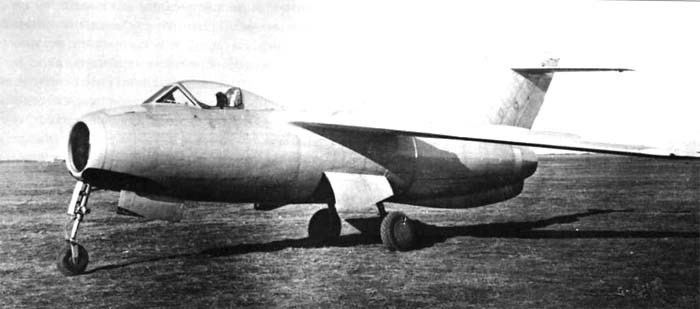
Aircraft 168's first flight was on April 22, 1948, with I. E. Fedorov at the controls. Trials continued until February 19, 1949, when testing of the cannons at high altitude caused the canopy to collapse, resulting in a nearly fatal crash. In the end, the Lavochkin fighter lost out to the competing MiG-15. Another 168 derivative was the La-176, the first Soviet plane to achieve supersonic flight (in a shallow dive) on December 26, 1948.
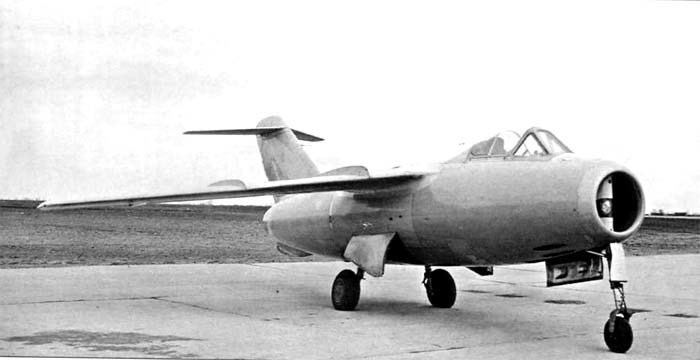
A scaled down version of this aircraft powered by a Rolls-Royce Derwent, was produced as Aircraft 174, prototype of the production La-15, which although well liked and having superior performance, was more expensive and harder to mass-produce than the MiG-15.
Variants
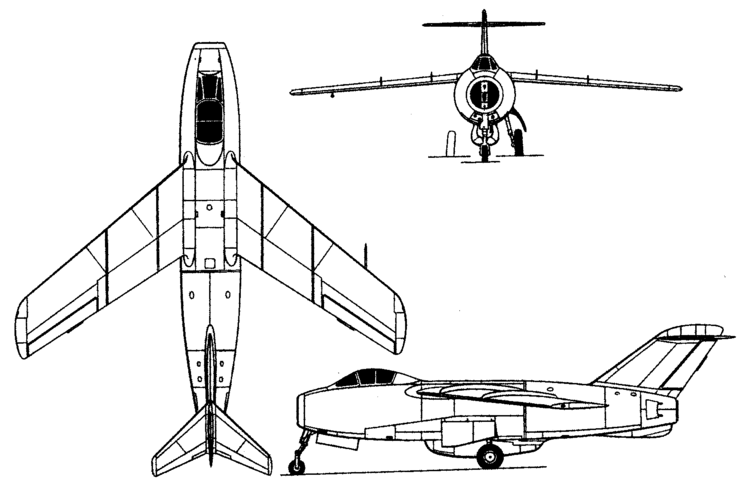
Specifications (Aircraft 168)
Data from Lavochkins Last jets
General characteristics

Performance
Armament
